The capital of the province
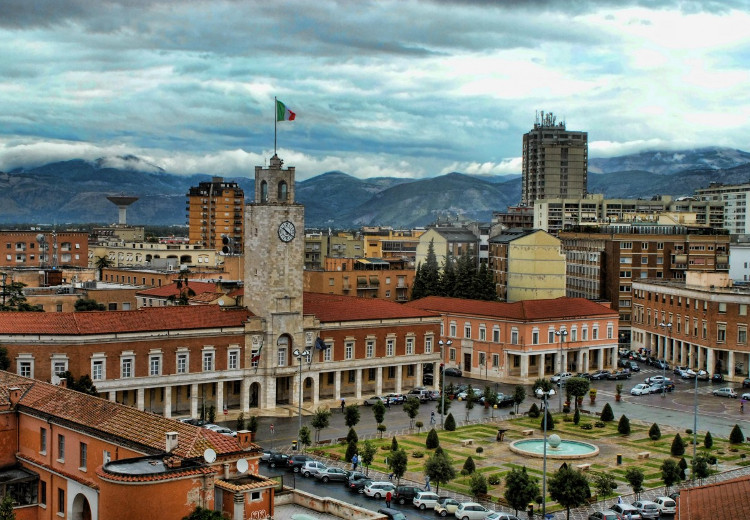
The capital of the province, founded in 1932 with the original name of Littoria. It came from the reclamation of the marshes, Latin America has the typical appearance of the new towns, when growing with a population of over 100,000 inhabitants. The agricultural vocation has become even invocation and industrial development today focuses on prospects do. The Province of Latina can count on a beautiful beach that stretches from Tower Astrura in Latina Lido, Sabaudia to Sperlonga and many places like VillaFogliano - The home of the martyrdom of Saint MariaGoretti - Fossanova Abbey and Valvisciolo - the Garden Ninfa - Montegiove in Terracina - The Castle of Sermoneta - Circeo National Park - the Pontine Islands.
Fossanova abbey
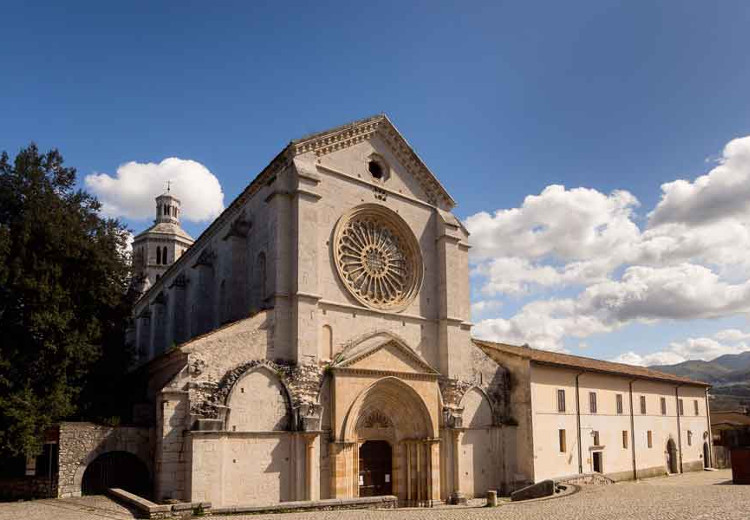
Located near Priverno in the province of Latina. The town site around has the appearance of vicus and takes its name from a sewer that in the early days of the small village (now village of Priverno) was called Fossa Nova. The Abbey, Cistercian Gothic style, but more precisely in a visible form of transition between Romanesque and Gothic, is considered the first of this style in Italy (1187-1206), the interior bare or almost frescoes (remain, at least until 1998, some pieces on the walls) according to the austere Cistercian monks of memento mori. In the guesthouse there is a room where he lived, prayed and meditated on St. Thomas Aquinas in the last days of his life and where he died in 1274, still in the church has been preserved simply empty tomb, the body was transferred to the Dominicans in Toulouse end of the fourteenth century, consisting of a rectangular slab of marble or travertine.
Pontine Islands
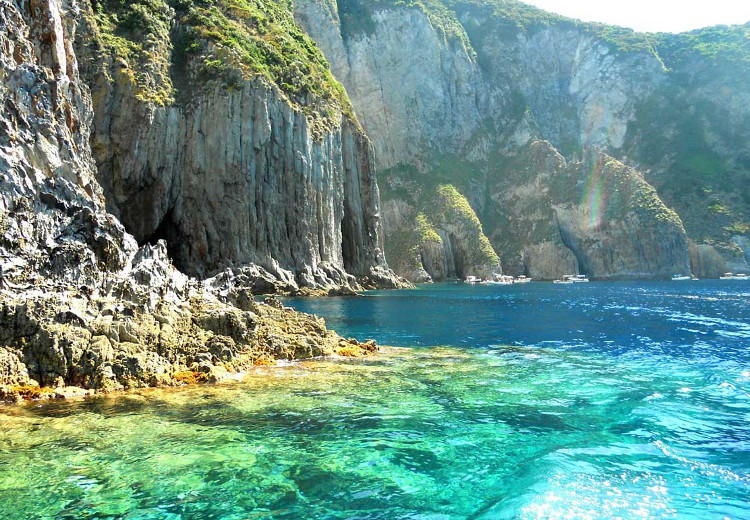
The Ponziane Islands (also known as the Pontine Islands) are an archipelago in the Tyrrhenian Sea, off the coast of the Gulf of Gaeta, about 12 km, with a population of about 4000 inhabitants, which in summer becomes a lot more because of an intense tourist movement. The archipelago comprises six islands divided into two main groups. Group of north-west (belonging administratively to the town of Ponza): Island of Ponza, Palmarola Island, Island Zannone, Island of Gavi. Group of the southeast (belonging administratively to the municipality of Ventotene): Ventotene Island, Island of Santo Stefano. The municipalities of the archipelago, previously belonging to the province of Terra di Lavoro, and after the suppression of this, the province of Naples, were transferred to the province of Littoria, along with the district of Sora, under Fascism. The islands are accessible by ferry or hydrofoil from Formia, Anzio, Terracina, San Felice Circeo and, in summer, also from Ischia, Naples and Pozzuoli.
Gaeta
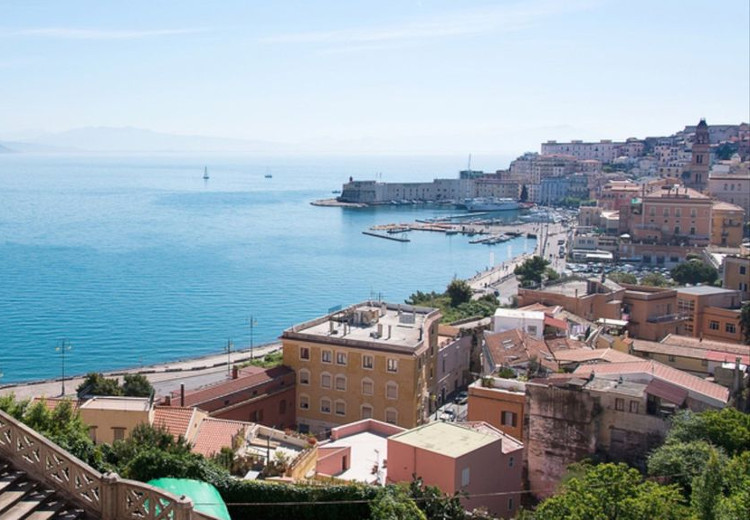
Until 1927 it was part of the province of Terra di Lavoro (which had as its first capital from 1818 Capua and Caserta), historic region formed under the Kingdom of Sicily (later the Kingdom of Naples and the Kingdom of the Two Sicilies). In this area of the province there was the cornerstone of the military and administrative (district of Gaeta). Archbishopric and is the seat of the Regional Park of Riviera di Ulisse. It is located in the homonym gulf on the Tyrrhenian Sea and is about 80 km from Naples and 120 miles from Roma. To visit: the Grotta del Saraceno (Split Mountain).
Sermoneta
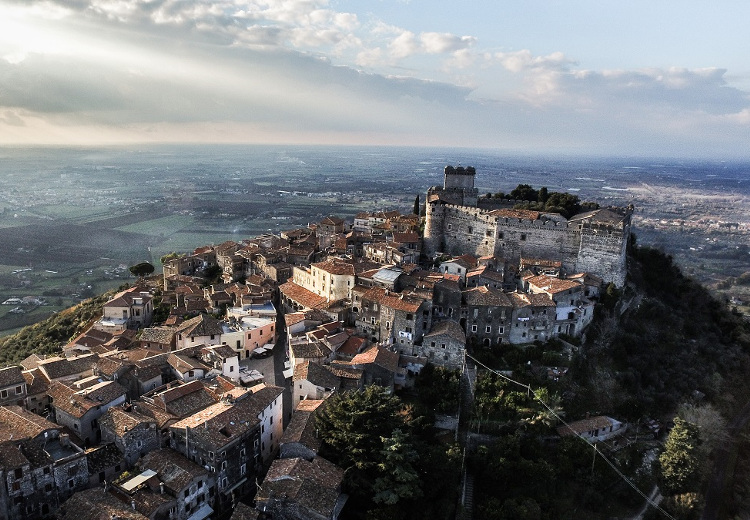
Sermoneta is one of the most interesting medieval city in southern Lazio, with an urban structure is still intact and collection within the city walls. It rises 257 meters above sea level, in a position to stand majestic and dominate the Pontine plain great. In the thirteenth century begins the rule of the Caetani family, settled thanks to Pope Boniface VIII. Sermoneta well as being City of Art is recognized by the Italian Touring Club "Orange Flag" among the 100 best preserved villages of the hinterland Italian. is a privileged sets for the film industry. To visit the Old Town: the Caetani Castle, the Cathedral of Santa Maria Assunta, the Loggia dei Mercanti, the Pottery Museum, the Diocesan Museum, the Museum of the path the city walls. Not far from the city center: the Church and the former Convent of St. Francis Abbey Valvisciolo, the Gardens of Ninfa.
San Felice Circeo
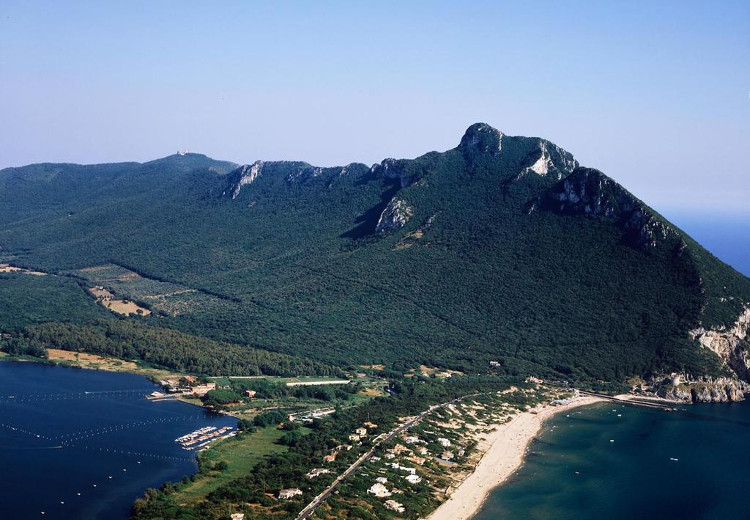
The territory of the municipality of S. Felice Circeo is divided into two well-defined areas: the rock and the flat part. The cape is from Anzio as the profile of a face of a man lying down, while by Gaeta looks like an island, the ancient island Eea. Along the ridge of the promontory rise the following peaks: Peak of Paola, Circe's Peak (541 m), of Punta Marina Beach, Punta of Moorish Bath, Punta del Fortino of Cretarossa, Punta del Stoplight, Punta Acropolis or Crocette . In addition, there are several hills that rise on the eastern side and around the city center: Peretto, Orlando Guard and Monticchio to the north, and S. Rocco and Morrone south. Various geological investigations showed that the promontory consists mainly of limestone of various types (crystalline and white, compact, with brachiopods flint, clay). The plain below the hill instead consists of submerged sand reclaimed during the fascist period. The cape in the Quaternary was really an island and there are various tests: the discovery of a sandstone promontory dun found then only to 300 meters deep, the grooves marine fossils, the signs of sea erosion and the information obtained from study of Pliocene strata.
Ninfa
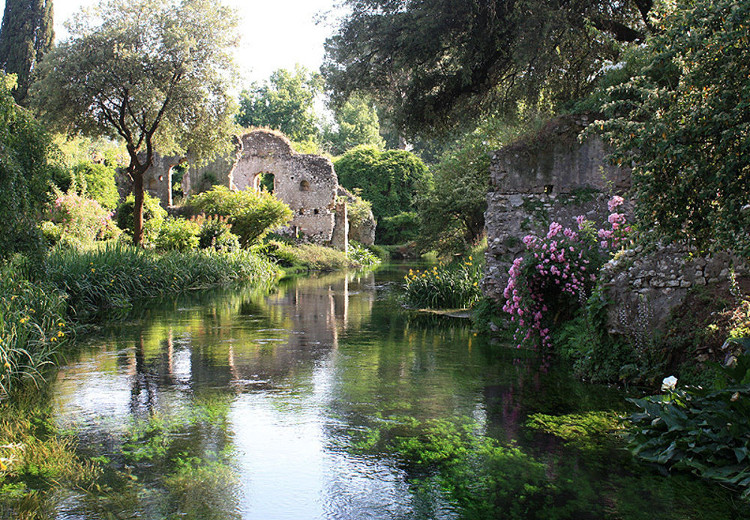
The town of Ninfa, whose name seems to come from a temple dedicated to the Nymphs of the classical age, located on a small island in the small lake must have existed already during the Roman era. The Garden of Ninfa is located within the town of Cisterna di Latina, on the border with Norma and Sermoneta. This is a typical English garden, started by Gelasius Caetani in 1921, in the disappearance medieval town of Ninfa, of which only the remains of many ruins, some of them restored during the creation of the garden. Its size is about eight hectares, houses inside over a thousand plants, and is crossed by numerous streams of irrigation as well as from the river nymph. In 2000 the entire area of Ninfa was declared a natural monument and the garden was considered by The New York Times as the most beautiful in the world.
Sabaudia
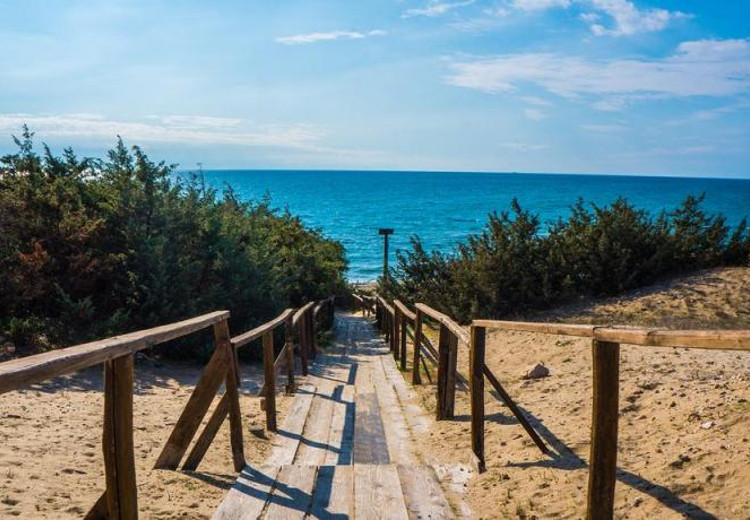
Sabaudia is located in the heart the Pontine region, 90 km from Rome and 25 from Latina. The municipal area is characterized by flat coastal sand dunes, areas of forest (once part of the "forest of Terracina") and a series of protected wetlands and three coastal lakes: Lake Sabaudia (or Paola) , Lake of the monks, Lake Caprolace. An important part of the municipality is from 1934, the National Park of Circeo. Inside the church of the Santissima Annunziata is the "royal chapel", donated by Queen Margherita of Savoy, the city in the thirties, originally located within the palazzo Margherita in Rome. On the shores of Lake Sabaudia is the church of Santa Maria della Sorresca, dating from the twelfth century, although originally founded by the Benedictines in VI. The Roman period are the Villa of Domitian, built in the first century AD, which extends over 45 hectares along the shores of Lake Sabaudia, and the source of Lucullus, later used as a tank for thermal plants. Along the coast there are also the port-channel opus incertum Roman and medieval Torre Paola, on the furthest reaches of the promontory of Circeo.
Norma
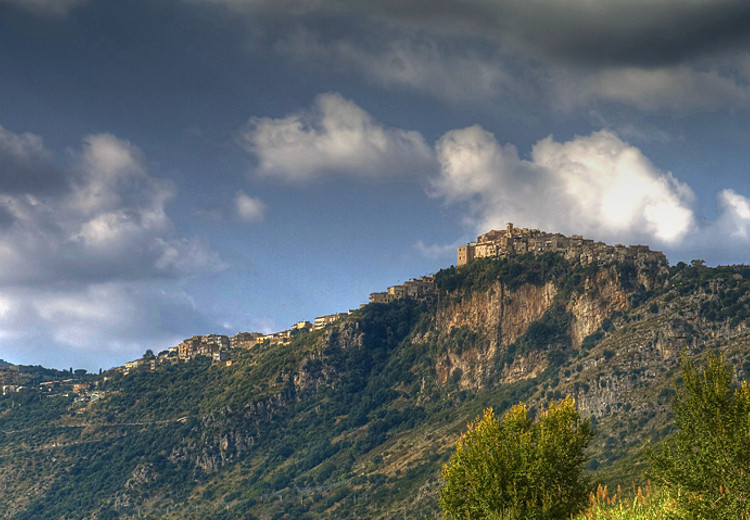
Norma peak that rises to 430 meters high overlooking the plain below the Pontine Marshes. It stands on a hill that the dialect the "RAVE", because of its particular position is also called "THE BALCONY OF THE MOUNTAINS LEPINI". The current population is approximately 4,000. Its history is lost in the mists of time, we must go back to the ancient NORBA which NORMA had its origin.
Temple of Jupiter
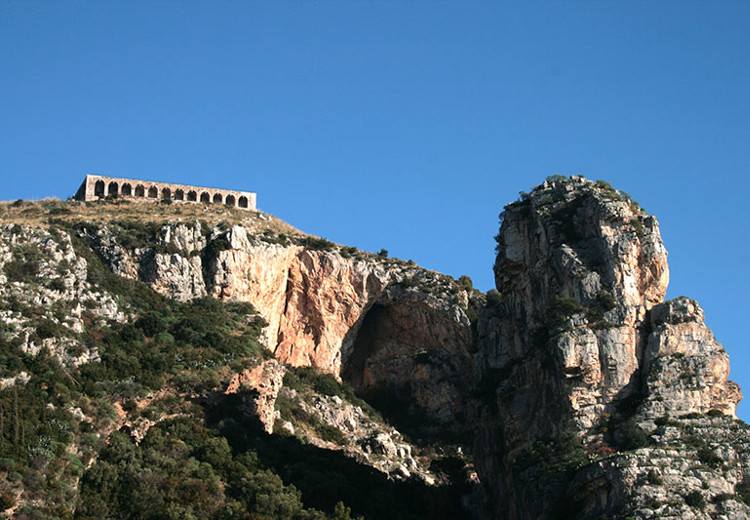
The Temple of Jupiter Anxur is a Roman temple built on a huge substructure of the first century BC Mount Sant'Angelo, in the town of Terracina. The sanctuary of Terracina is part of the great sanctuaries Republicans Lazio, built between the mid-second to mid-first century BC in scenic and dominant positions on massive substructures in terraces. It uses the new technique of cement building, recently developed in Rome, with forms of architectural orders, derived from the Hellenistic tradition. The model for the arrangement of dramatic sloping terraces can refer to the major shrines in the city of Pergamon in Asia Minor, while temples are on high podiums and without the colonnade at the rear (sine postico, useless to the prevailing front view). The terraces are often surrounded by porticoes on three sides and often arches and vaults are hidden or are flanked by colonnades.